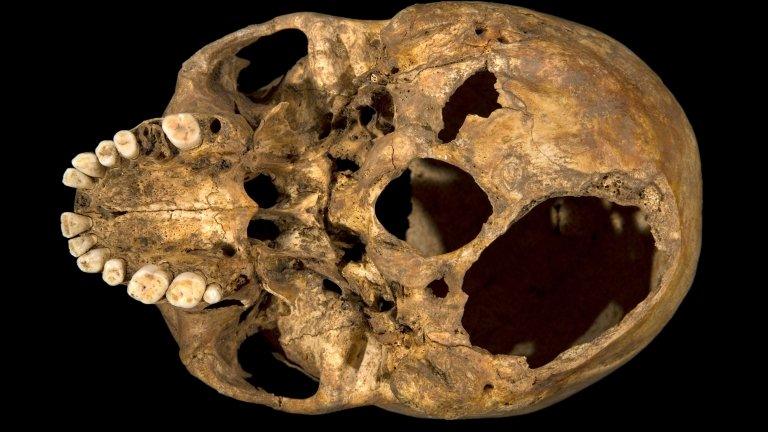Richard III: How things have changed since we dug up a king
- Published

The church where Richard III was buried was demolished in the first half of the 16th Century
The discovery of the medieval English king Richard III, who fought battle in vain in 1485, has become almost as memorable as the life of the man himself, with details such as his unlikely resting place - a car park - capturing the public imagination.
A film has been made about the discovery - The Lost King - starring Steve Coogan and Sally Hawkins and is due for release shortly.
Ten years on from the finding of his legbone in Leicester, on 25 August 2012, the BBC asks those behind the search what has changed in the decade since.

'The hair on the back of her neck went up'
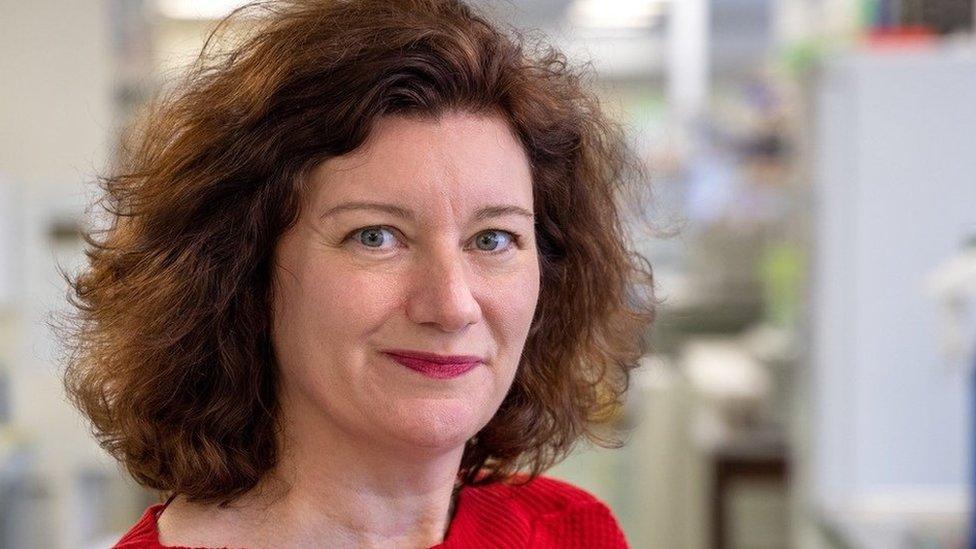
Prof Turi King did the DNA analysis that confirmed to the world that the remains belonged to Richard III
Archaeologists from the University of Leicester were persuaded to excavate the car park following dogged research from Philippa Langley, along with colleagues in the Richard III Society.
Professor Turi King - now professor of public engagement and genetics at the university's department of genetics and genome biology - was one of the experts who worked on the excavation and then led the genetic and statistical analysis leading to the identification of the remains.
She said while it had been known through historical documents that Richard had been buried in a Leicester church at Greyfriars, a medieval friary, the building had been torn down during the Dissolution of the Monasteries and subsequently built over.
"Everybody had a fairly good idea of where he might be," Prof King said.
"But we thought it would be a two-week recce dig. We really did not think we would actually find Richard."
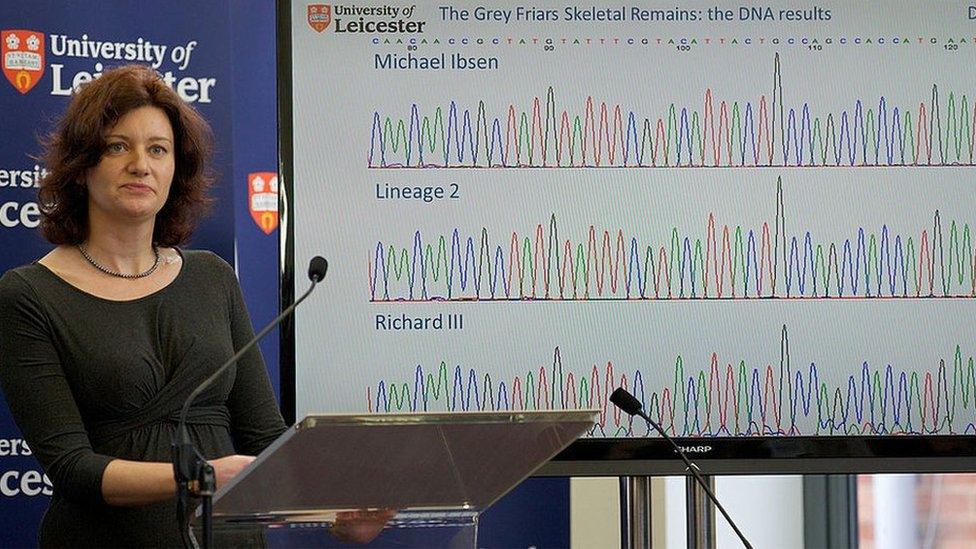
Prof King addressed a press conference in 2013 to show the DNA samples taken from a skeleton of Richard III and other descendants
"I got brought on to the project in June 2011," she added.
"It was such a lovely thing, a lovely partnership, everybody bringing their own expertise to the table."
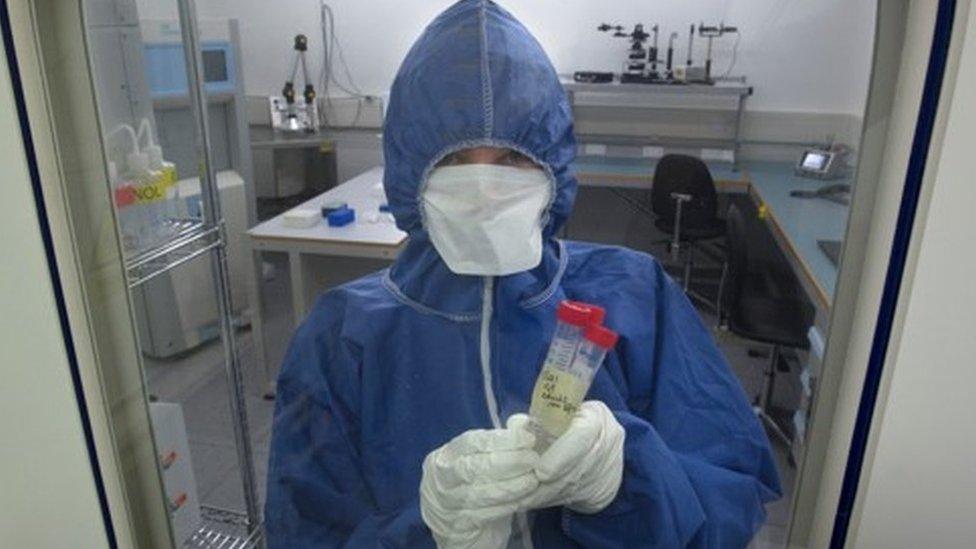
It was Prof King's job to do the genetic and statistical analysis of the remains
The team did not know if they could even locate the ancient building, never mind the remains that allegedly lay within it.
In fact - although they were not to realise it until later - the team happened on the king's remains on the very first day of the excavation.
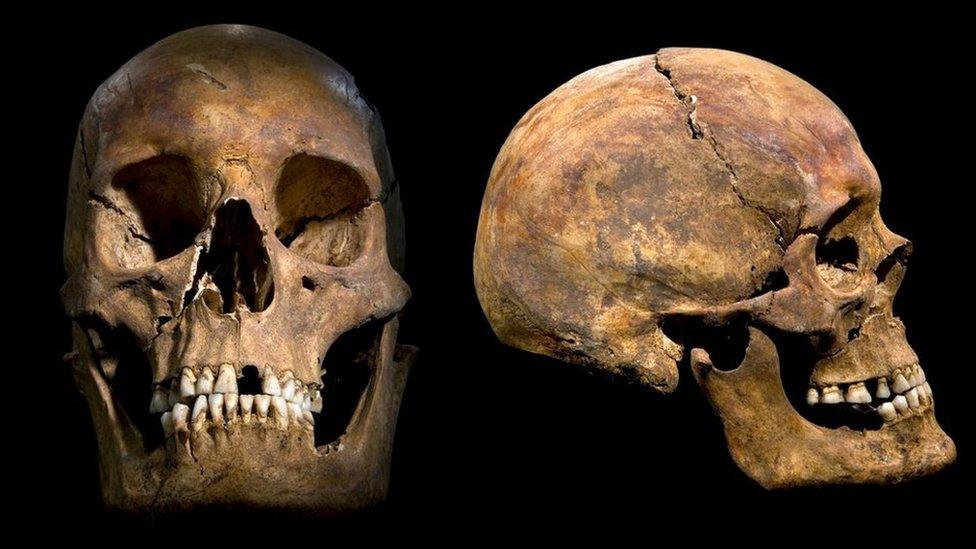
The archaeologists needed to apply for a licence to excavate the remains
"We found a bit of legbone," Prof King said. "But we needed to get a licence from the Ministry of Justice to excavate up to six sets of remains. You make educated decisions about which ones to go for."
With permission granted to continue, Prof King worked on the site with osteologist Jo Appleby, who uncovered the skeleton.
"She did the head, the arms and she was working her way from the pelvis up, then she realised the skeleton had a curved spine," said Prof King.
"The hair on the back of her neck went up as she realised what she might be looking at."
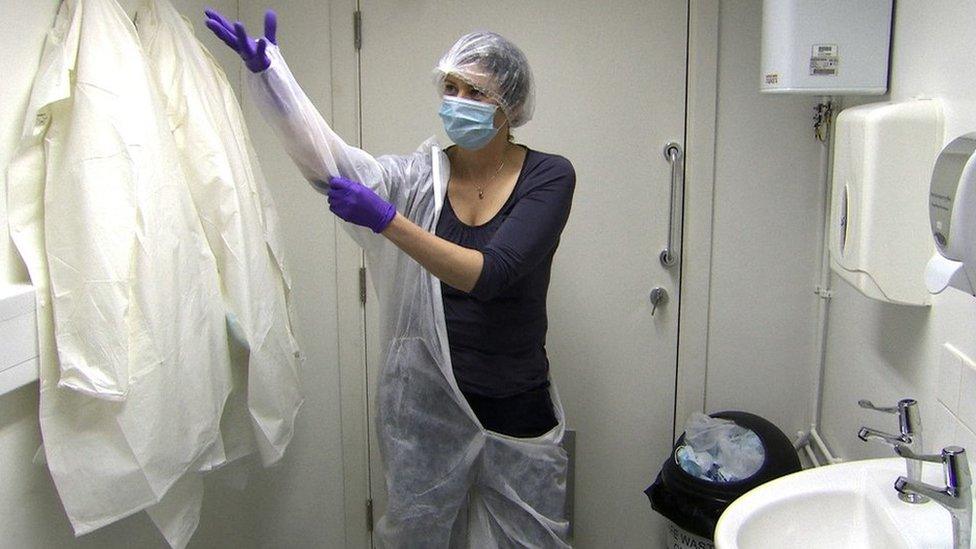
Prof King was able to announce to the world's media that the evidence was consistent with the remains being Richard
It was Prof King's job to do the genetic and statistical analysis that would determine this was, in fact, Richard.
She would spend the next few months working secretly in laboratories, analysing the DNA from the fragile remains, which had become highly degraded during the intervening centuries, and comparing it with that of Richard III's living relatives.
In 2013, she was able to announce to the world's media that evidence was consistent with the remains being Richard.
"That was quite a moment for me," she said.
Her work, published in December 2014, showed the evidence was overwhelming - to a probability of 99.999-99.99999%.
The remains were reburied at Leicester Cathedral in March 2015.
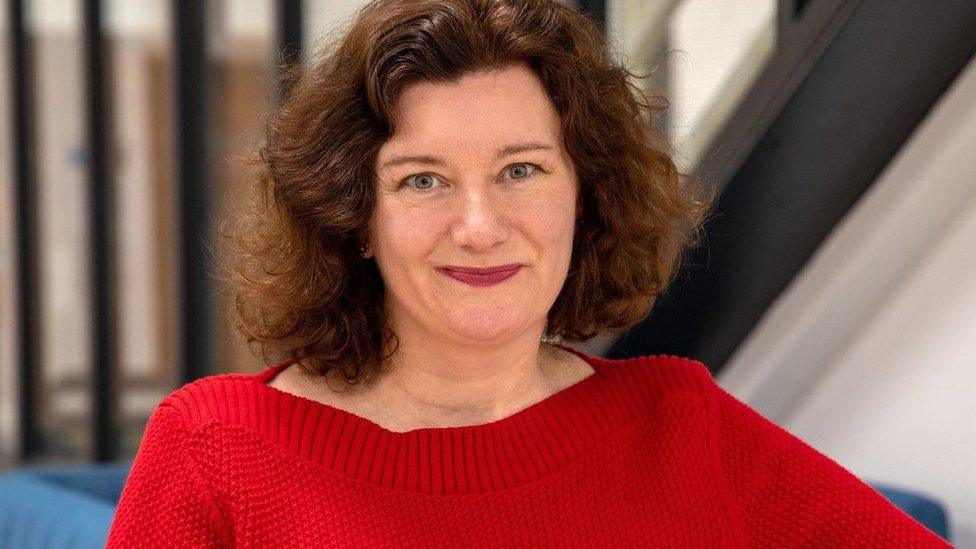
Prof King says interest in the story has never subsided
Before the find Prof King was already celebrated in her industry. She had appeared on several BBC history programmes.
In the decade since, interest in her expertise has only increased, most notably through her work with Stacey Dooley on BBC Two's DNA Family Secrets.
"The Richard III discovery gave me even more prominence," she said. "The level of interest was intense and has never really subsided."

'I'd had an intuitive experience'
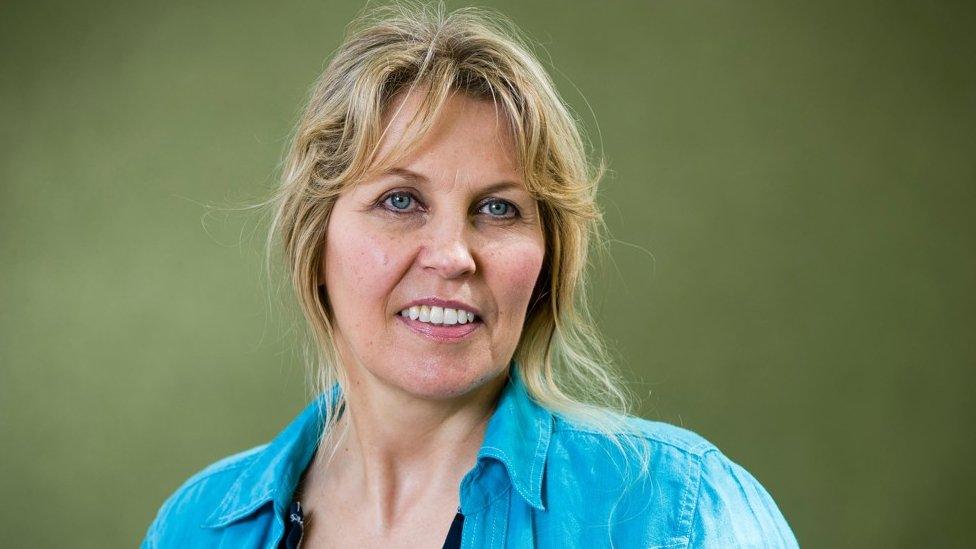
Philippa Langley said she was hugely excited to be the subject of a film about the search for the king
Ms Langley - who was instrumental in the search for the king - said she had had an intuitive experience in 2004 in the exact location of the king's grave.
"This was beside a letter 'R' [in the car park], for reserved," she said.
"It was right here that we found the king.
"It had taken eight years of my life to reach this point so it was a huge moment for me."
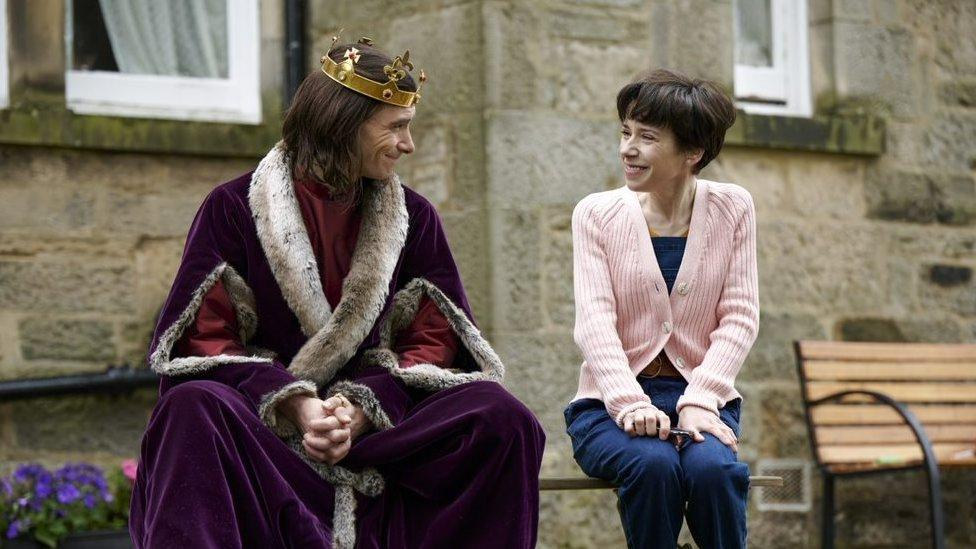
Ms Langley's role is being played by Sally Hawkins (right)
A decade on, Ms Langley is set to be the subject of a new film about the project, named The Lost King.
She said: "I'm incredibly excited about The Lost King film and delighted that Sally Hawkins is playing me, Steve [Coogan] my husband John and Harry [Lloyd], the king.
"You don't foresee a stellar cast like that coming on board.
"I first met with Steve Coogan in April 2014, so it's been a long and intense journey with him and the team.
"It feels appropriate to be releasing the film in the 10-year anniversary of the discovery."

'I wonder whether he is a nice great uncle to have'
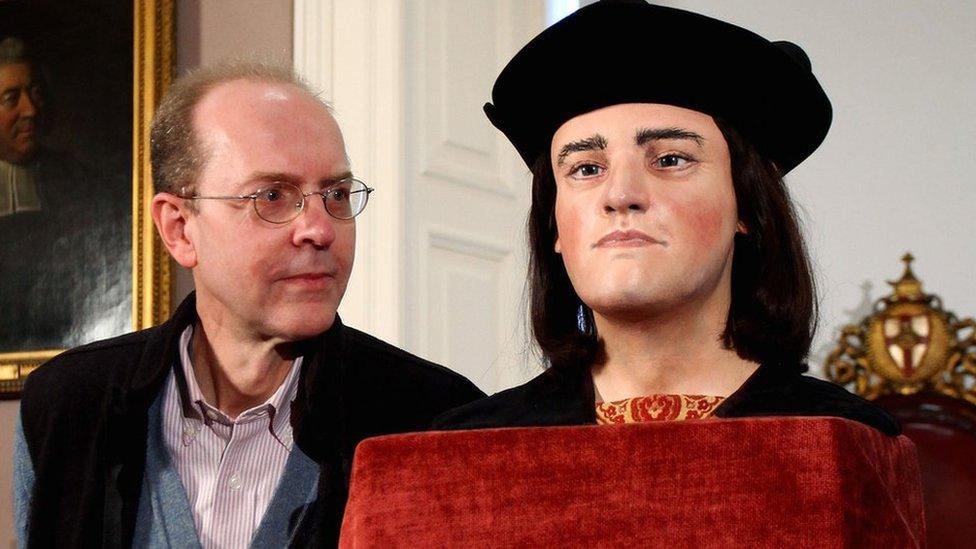
Michael Ibsen says he adopts an objective stance on his ancestor's controversial past
Like many people, Michael Ibsen's mother Joy had long been fascinated by the history of her family.
"She had a chart on the wall with the genealogy of our family going back to the 14th Century but she didn't hit the one going back to Richard III," recalled Mr Ibsen, who grew up in Canada.
In 2006, that changed when the family was contacted by British historian John Ashdown-Hill. He had traced a female line of descent between the king's sister and the Ibsen family.
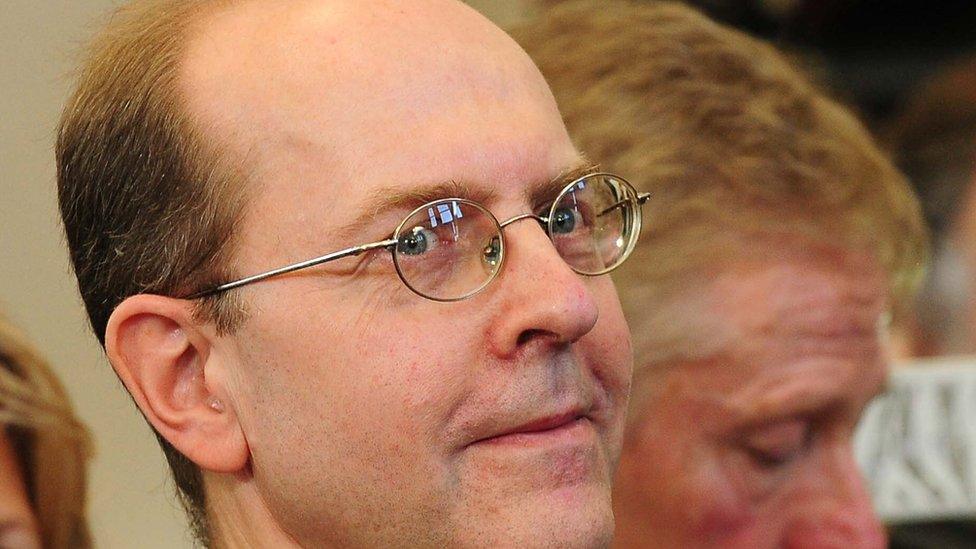
The family had no idea their family history stretched back to the king until they were contacted by an expert
"We didn't take it too seriously at first. We assumed lots of people might be related to him in a similar way, but that turned out not to be true," said Mr Ibsen, a cabinet maker who now lives in London.
"My mother was quite pleased with the idea. She was a staunch royalist. She passed away in 2008 so unfortunately she never got to enjoy the infamy.
"I think she would have loved to have known [about the Richard III dig] but I'm not sure she would have loved the attention."
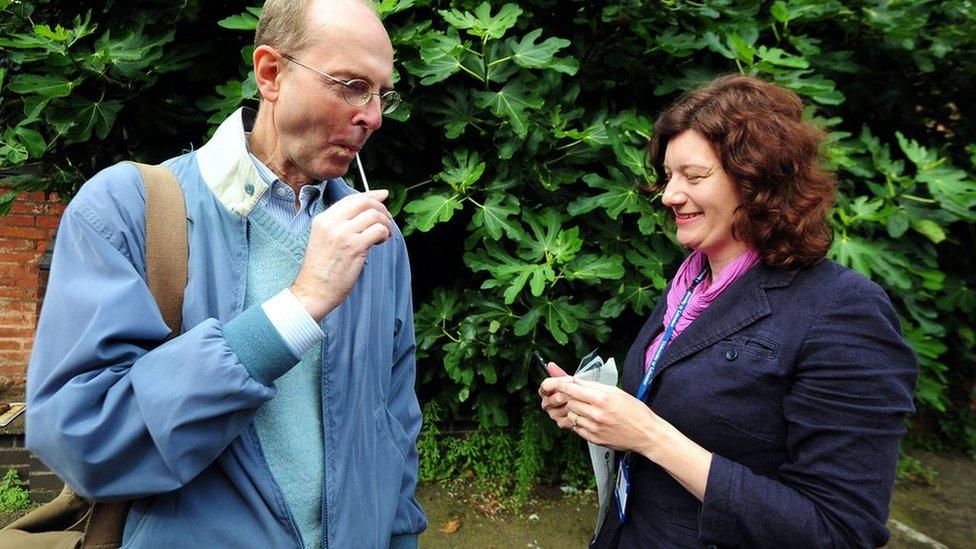
Mr Ibsen supplied his DNA sample in the car park while digging for the king was under way
In fact, the closest living matches to the king were Mr Ibsen himself, his siblings and another woman - Wendy Duldig.
"Nothing much happened for the first three or four years," he said.
"And then in January 2012, they got the money together to do a dig and that's when things got interesting."
Mr Ibsen remembers being invited to the first day of the excavation of his long-deceased ancestor.
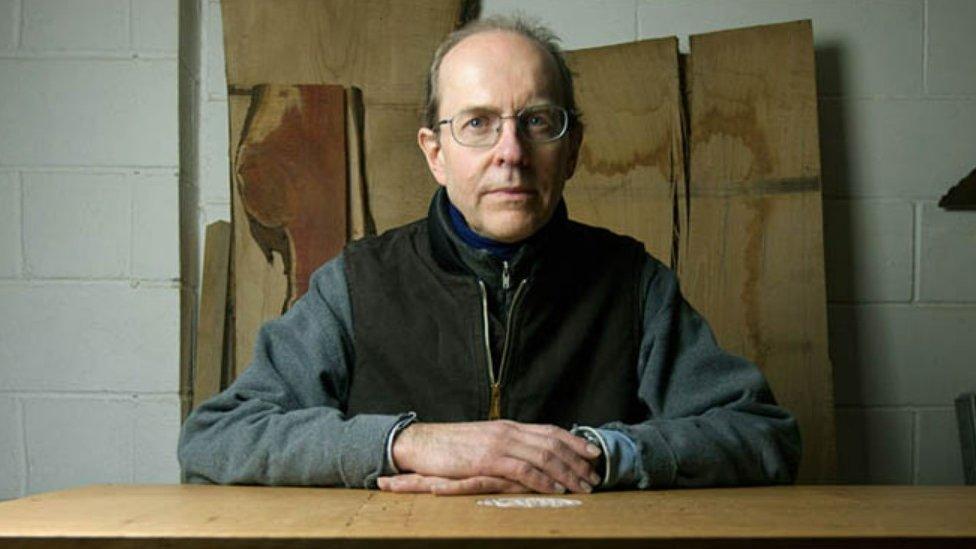
Mr Ibsen, a cabinet maker, built the coffin in which his ancestor was reburied
"They invited me to come down for the first day of the dig. It was a bank holiday weekend. I got there about 07:00 and there was the odd camera around," he recalled.
"Turi said it would be useful to get a fresh sample and these cameras immediately zoomed in on me spitting into a tube in a car park."
Mr Ibsen's DNA - and similar samples from the other relatives - helped prove the remains were, in fact, those of Richard III.
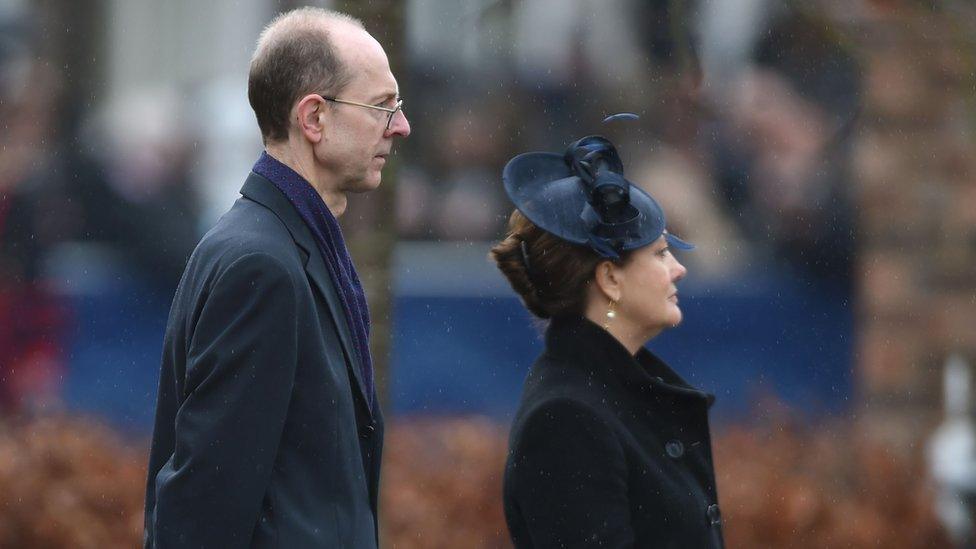
Mr Ibsen says the media interest has relented but the story remains fascinating to many
He remembers the world's media being fascinated with the story.
"I was surprised at how much interest there was," he said.
"I could have gone into the undergrowth but so many people were interested.
"It did become a bit much after a while - I had camera crews turning up every other day but, like most things in the news, it didn't last very long."
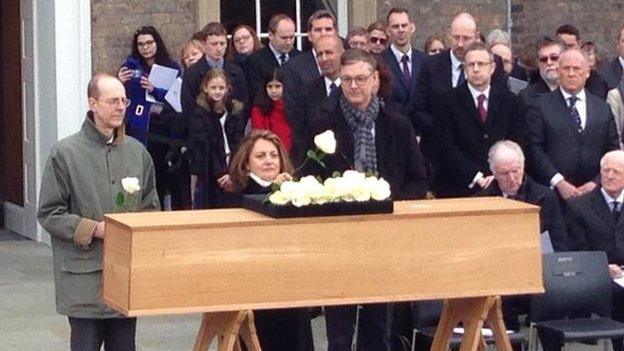
Three relatives of his family, included Mr Ibsen who built the coffin for the king, placed their flowers
Following the king's reburial, in Leicester, the attention settled down and Mr Ibsen said his former life was able to resume.
"You still occasionally get an article somewhere and people get in touch," he said.
"It's like a volcano that's dormant but every so often it comes alive again."
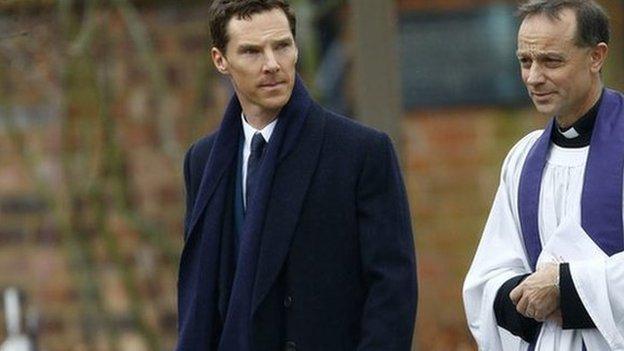
Actor Benedict Cumberbatch read a specially-written poem during the service
As for how it feels to have an ancestor notorious for his supposed involvement in the murder of his brother's children, Mr Ibsen said he remains objective.
"Richard was the product of his time. That was the way rulers behaved," he said. "It's very difficult in these now supposedly more civilised times to imagine how somebody could act like that.
"I sit on the fence wondering whether he is a nice great uncle to have or not."

'The trenches we dug came right on top of the king'
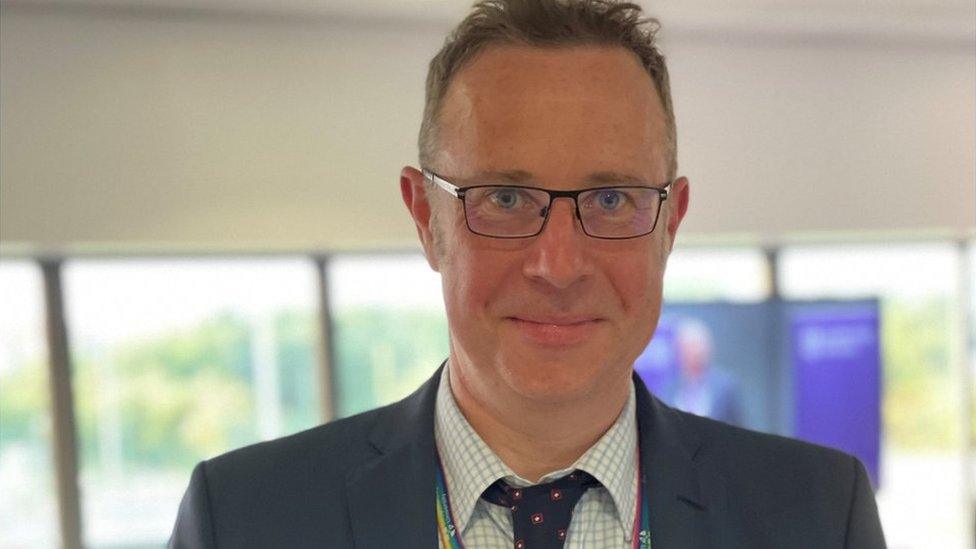
Richard Taylor says you make your own luck in archaeology
Richard Taylor was the university's deputy registrar who helped oversee and coordinate the project alongside Richard Buckley, who founded the institution's archaeological services.
"We went into the project hoping we would have a bit of a dig around," he said.
"I didn't think anybody - except perhaps Philippa - seriously thought we would find Richard and certainly not in the very first metre of the very first trench we dug.
"But you make your own luck in archaeology - it was Richard Buckley's judgement to dig that trench where he did."
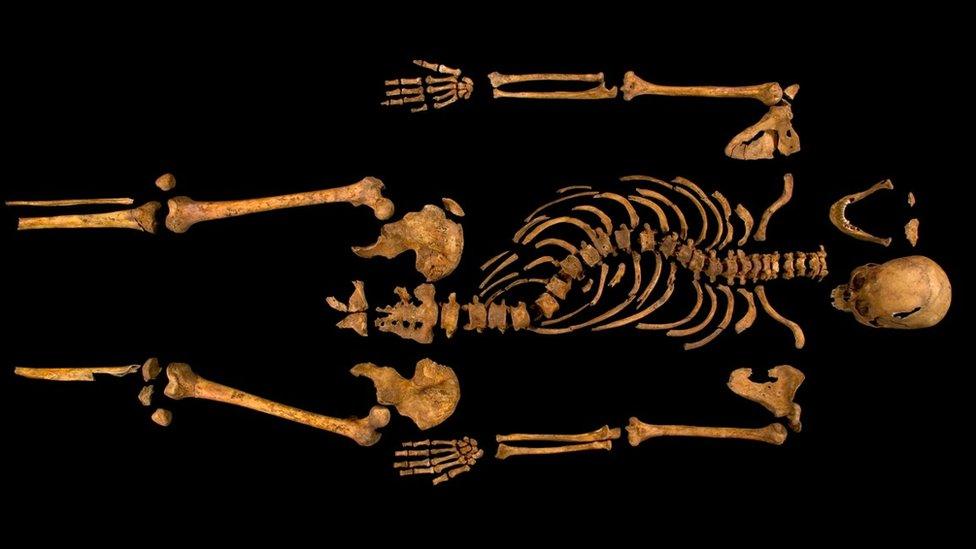
Medieval records stated the king had been buried in the church choir
As the team worked out the geography of the old church and realised the bones they had found were in the choir, where the medieval records stated the king had been buried, Mr Taylor said they began to get excited.
"As we uncovered the skeleton and found the battle injuries and the scoliosis of the spine, we became confident it was Richard," he said.
"What we were waiting for was the DNA analysis to be conclusive.
"There was a little bit of a wobble at one point when we thought 'are we absolutely certain these are male remains?'
"But they were."
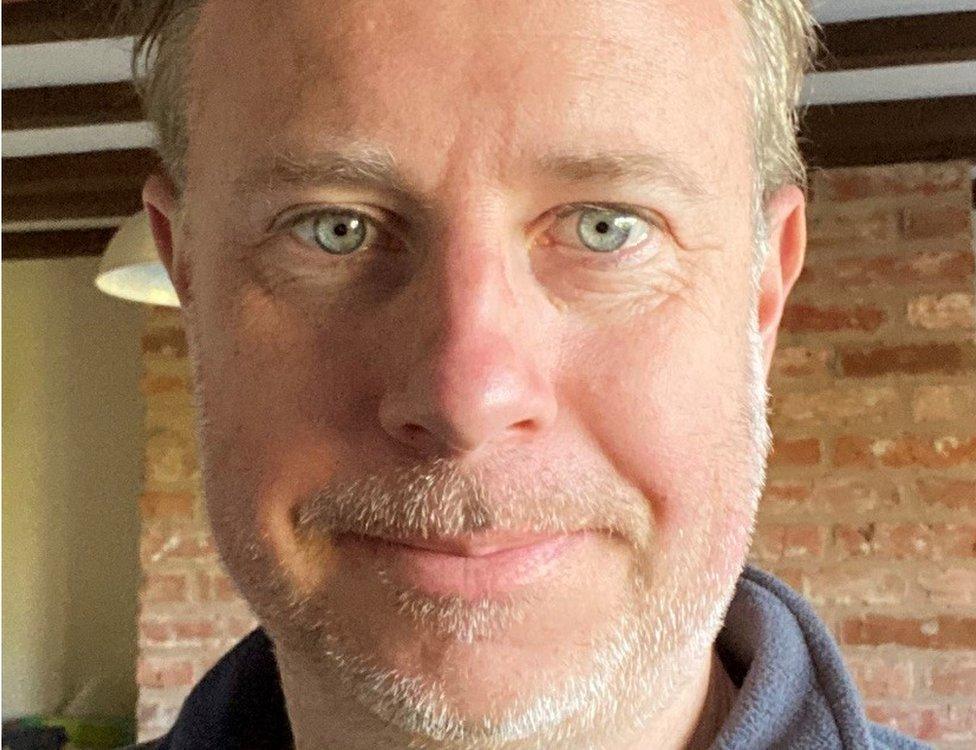
Mr Taylor said he was so excited when word reached him the remains were those of the king
Mr Taylor was working in London when he got a text message to tell him the news confirming Richard had been found.
"My mobile didn't work so I had to run around trying to find a call box," he said.
"As to my feelings when I heard - the only words I can describe them are shock, pride and excitement.
"My family were all so excited - my son was re-enacting the Richard III find with his toys."
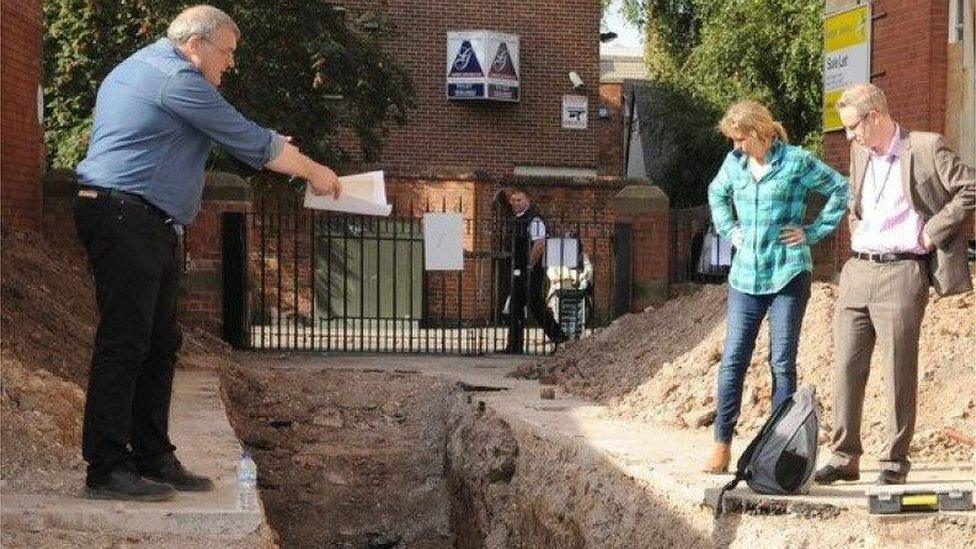
As the team worked out the geography of the building, they began to get excited
Ten years on, the improbability of the find still excites Mr Taylor.
"We had this friary site, the majority of which had been built on," he said.
"We had was a budget to dig less than 1% of what was left. The mathematics would tell you we were going to struggle.
"It just so happened the trenches we dug to try to locate the friary's church came right on top of the king."
He continues to work in the Leicestershire area and said the transformation of the city had been striking.
"Leicester has such a rich history and the dig allowed the city to tell that narrative," he said.
"It's put it on the map in the way it wasn't before."

Follow BBC East Midlands on Facebook, external, on Twitter, external, or on Instagram, external. Send your story ideas to eastmidsnews@bbc.co.uk.
Related topics
- Published19 August 2022

- Published4 February 2013
